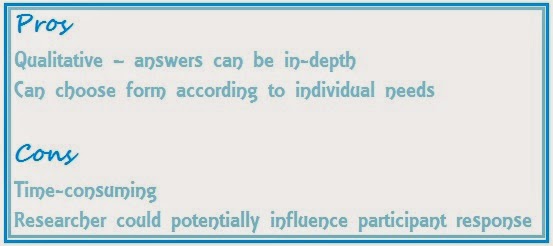Curating History
It’s been
another odd week, with the strikes across the university. However, we have
taken the opportunity to put research into practice, and we also met between ourselves
for a seminar of sorts. Within any cultural institution, it is critical to find
vibrancy within (and sometimes in spite of) the institutional frame. And, since
universities are imbricated as cultural institutions in the UK, we have
attempted to cultivate this vibrancy despite the frame in which we find
ourselves, in a practice of passionate thinking, radical empathy, and resistance
of interior institutionalisation.
Radical Empathy and Passionate Thinking
Image Source: psichoblog-gfs.blogspot.com
Image Source: psichoblog-gfs.blogspot.com
In a complement
to the work earlier in the week, we found ourselves (during the one seminar we
were able to attend) discussing the influence of marketing departments in institutions,
taking Herbert Muschamp’s claim that this sector ‘now has more power than the
curators in certain decision-making areas’.[1]
I find it interesting that the marketing value of a ‘thing’ can be seen as
having more intrinsic value than the thing itself. It is important to look
critically at, and question, the decision-making processes which take place.
There has
been a move to evacuate, eviscerate, these ‘homes’ (places of art, culture
performance) by pushing into a meta-level: almost creating a simulacrum of that
which created the meaning in the first place. How do we find a space between
the marketing-media-medium, when the media(medium) becomes the instrument of
itself, and branding obscures the he/art? The further away from the he/art we
are, the more distorted the image becomes.
There is the
feeling that time itself is what needs to be protected: institutions need to protect the
conditions for uncertainty. When there is such a focus on
output/product/audience experience this gets put before the work. This reflects
the situation of universities: university as a ghost - what is ‘really’
provided cannot be quantified, only experienced. Exams and grades provide quantifiable
results in a gross parody of profits on the stock markets, yet experiential, qualitative
results, cannot be measured and become the ghost in the institutional haunted
house.
Image Source: washington.org
The institutional
frames are designed to dictate responses: for example, the layout of a gallery
offers the illusion of freedom of movement, yet the space is set in such a way
to funnel crowds through the curated story of an exhibition. The need is there,
however, to question the presented story: what is this tale we are being told?
What might an alternative narrative reveal? Is the exhibition, the space
itself, conducting our conduct through an attempt to order chaos?
Institutions
read back against their history to create (curate) a narrative to suit the
present. What is valued in the frame of the institution does not confer value
automatically: representation is not reality. For example, in the frame of a museum,
objects stand in metonymically for an entire culture and history, in a literal
objectification process, and value is assigned from the etic perspective: Othering
a culture through a representation of their cultural creations.
Image Source: yorkpress.co.uk
James
Clifford writes that museums offer ‘magical, archaic objects as luminous
examples of human creative genius.’[2]
They offer the potential to reimagine culture, a sense of temporal dissonance,
which displaces us from the quotidian. The theatricalization of exhibition (in
the sense that they are curated, placed, according to the script the curator wishes
to enact) presents opportunities to reform and reframe history, a Bakhtinian
process of protesting and carnivalizing our present.
[1]
Herbert Muschamp, ‘Art Institutions in Conflict Between Monoculture and
Cosmopolitanism’ in The Discursive Museum,
ed. Peter Noever (Ostfildern: Hatje
Cantz, 2001) p.157.
[2] James
Clifford, ‘On Collecting Art and Culture’ in The Predicament of Culture: Twentieth-Century Ethnography, Literature, and Art, (Cambridge, MA: Harvard University Press, 1998), pp.215-251 (p.242).






Comments
Post a Comment